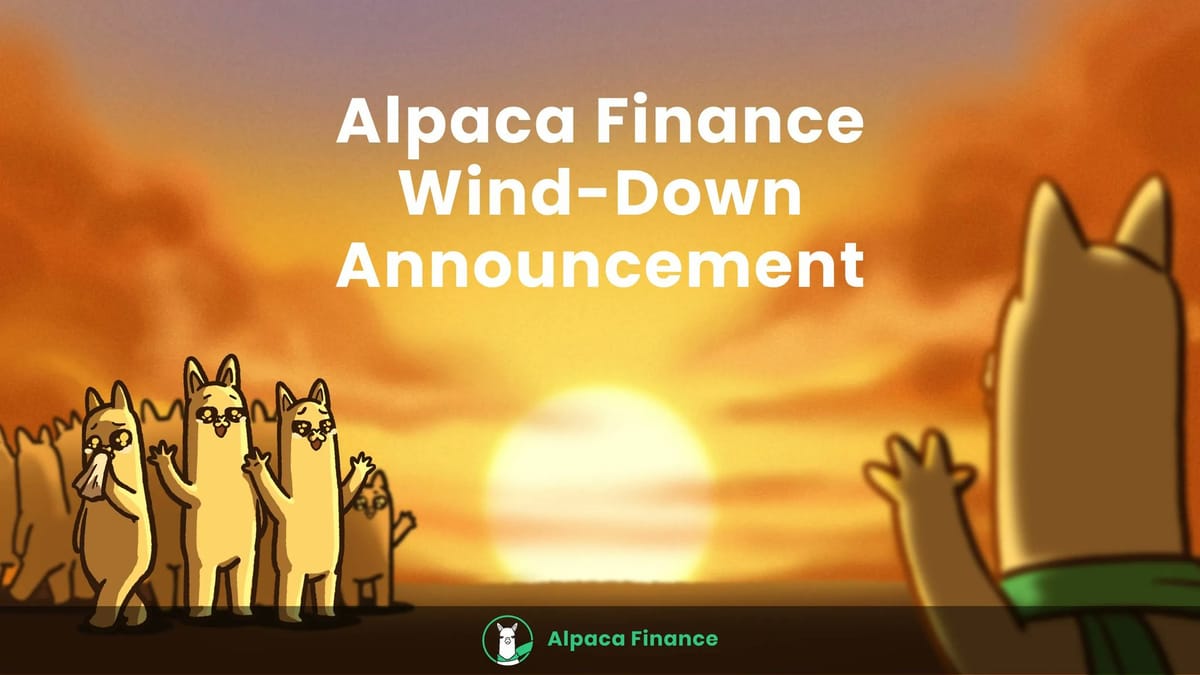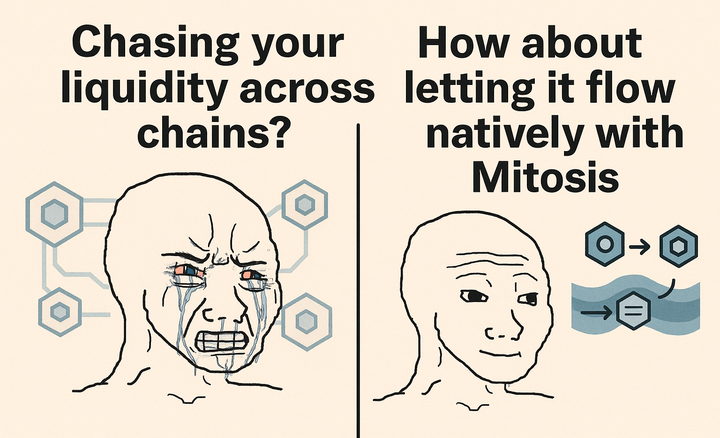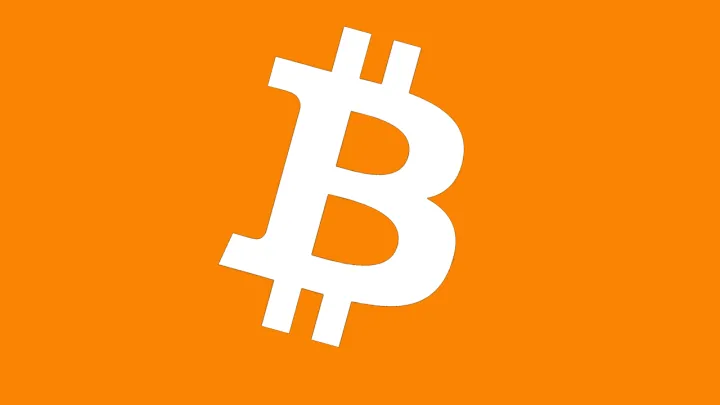The End of an Era: Why Alpaca Finance Is Shutting Down After Four Years

Introduction
Alpaca Finance kicked off in early 2021, making waves as one of the pioneering protocols to introduce leveraged yield farming to the rapidly evolving DeFi landscape on the BNB Chain. By enabling users to put up collateral and borrow assets to enhance their farming returns, Alpaca found its sweet spot during a time when decentralized finance was all about fast-paced innovation and soaring yields.
But as the DeFi space matured and competition heated up, the very model that fueled Alpaca’s rise became increasingly difficult to maintain. On May 27, 2025, the team revealed their plans to wind down all operations by the end of the year, pointing to a mix of declining revenue, failed merger and acquisition discussions, and the negative fallout from Binance’s decision to delist the ALPACA token.
In the following sections, we’ll dive into each of these factors, discuss what they mean for users and the broader DeFi ecosystem, and outline a timeline for the protocol’s orderly shutdown.
https://x.com/alpacafinance/status/1927012454803853611?s=46
From Sky-High TVL to Sustained Losses
At its height in mid-2021, Alpaca Finance boasted over $1 billion in total value locked (TVL), securing a spot among the top five protocols on the BNB Chain [eGamers.io - P2E NFT Games Portal]. Its fair-launch model—no pre-mined tokens and no private sales—won the hearts of DeFi enthusiasts, while its leveraged farming products offered impressively high yields during the DeFi summer. However, almost immediately after that peak, the protocol faced challenges in generating enough revenue to meet its operational expenses. Unlike venture-backed projects with substantial funding, Alpaca’s income relied solely on protocol fees, which plummeted as yields stabilized and competition from protocols with concentrated liquidity and innovative automated market makers (AMMs) grew fiercer [CryptoRank].
By early 2023, the team openly acknowledged that the protocol had been running at a financial loss for more than two years, despite ongoing efforts to cut costs and reduce staff [CryptoRank]. This persistent revenue gap undermined investor and community trust, resulting in a gradual decline in both TVL and token value. As yields tightened across the DeFi landscape, many users shifted their assets to newer, more capital-efficient platforms, leaving Alpaca struggling with reduced liquidity and falling fee income.
Pursuit of a Lifeline: M&A Talks That Fell Through
In the middle of 2024, as Alpaca's cash reserves started to run low, the leadership team began to explore discussions with various potential buyers and strategic partners. These conversations involved both well-established DeFi players eager to broaden their presence on the BNB Chain and traditional financial institutions looking to dip their toes into on-chain opportunities. While negotiations moved forward with non-disclosure agreements and initial term sheets, none of them managed to reach a final agreement[CryptoRank].
Several factors played a role in these breakdowns. Potential buyers were put off by the protocol’s lack of unique product offerings—many viewed leveraged yield farming as just another run-of-the-mill service—and the need to address several lingering vulnerabilities in legacy smart contracts. More importantly, Alpaca’s revenue model didn’t provide enough cushion for the significant operational debt that had piled up over two years of losses. As one insider put it, “Without guaranteed fee income or a major VC injection, there was too much risk for any acquirer to justify the purchase price”[eGamers.io - P2E NFT Games Portal].
The collapse of these M&A discussions snuffed out what might have been the last realistic chance for Alpaca to secure new capital and keep its operations going. With no fresh funding in sight, the team pivoted to alternative strategies—like token buybacks, launching new products, and even proposing a community treasury sale—but none of these efforts could turn the tide.
Binance Delisting: The Final Blow
In April 2025, Binance, the largest cryptocurrency exchange in the world, made headlines by announcing it would be delisting the ALPACA token. They pointed to low trading volumes and the token's failure to meet updated listing criteria as the reasons behind this decision [eGamers.io - P2E NFT Games Portal]. Initially, this news triggered a short squeeze, causing ALPACA’s price to skyrocket by over 550% due to liquidation cascades. However, the long-term effects were far from positive. The delisting cut off the protocol’s most dependable access to liquidity for buying and selling, leading to significant outflows and damaging partnerships that depended on Binance’s liquidity pools [FX Leaders].
For a protocol already struggling with declining fees, losing its main exchange listing meant that fewer users could easily buy or sell ALPACA. This drop in token velocity only worsened the revenue crisis, as protocol fees—typically paid in ALPACA—became even more challenging to monetize. In their shutdown announcement, the team expressed their disappointment, stating that “Binance’s delisting restricted our ability to deploy our remaining warchest effectively and interrupted critical yield-distribution mechanisms for our stakers”[CryptoRank].
Winding Down: A Structured Exit Plan
Instead of a sudden shutdown, Alpaca has put together a gradual wind-down plan aimed at safeguarding user funds and ensuring a smooth transition:
- Immediate Suspension of New Positions (June 2025): All leveraged farming and Alperp perpetual markets will be paused to prevent any new exposure. However, users can still unwind their existing positions.
- Ongoing Withdrawals & Buybacks (Q3 2025): The front-end interface will stay active, allowing users to withdraw their collateral and any rewards they've farmed. The token buyback and burn initiatives will keep going until the treasury runs dry.
- Revenue Sharing for Governance Stakers (Q4 2025): Any remaining protocol fees will be shared proportionally among addresses that have staked ALPACA.
- Archive & Community Handover (December 31, 2025): All smart contracts will be archived in a read-only format. Off-chain documentation, grants, and community-led projects will be handed over to a multi-sig-controlled “Legacy Fund” to reimburse users who experienced losses from earlier exploits or to support future open-source DeFi research.
This careful strategy is designed to prevent situations like sudden protocol failures that leave users in a lurch, scrambling for legal help. For more information on liquidation mechanics, check out our guide on liquidation processes. liquidation processes.
Implications for DeFi and BNB Chain
Alpaca’s shutdown highlights some important lessons for the DeFi sector:
- Revenue vs. VC Capital: Projects that depend solely on protocol fees need to carefully plan their future yield curves. Fair-launch protocols without venture capital backing find themselves with limited strategic options when yields start to drop.
- Product Differentiation: As DeFi continues to evolve, protocols must keep innovating. The introduction of derivative and AMM designs with built-in leverage has diminished the competitive edge that single-product pioneers once enjoyed.
- Exchange Dependence: Getting a strong listing on a top exchange is more than just a marketing win—it’s essential for liquidity. When a protocol gets delisted, it can have serious ripple effects throughout the on-chain ecosystem.
Conclusion: Reflecting on Four Years of Innovation
The journey of Alpaca Finance—from being a trailblazing levered yield-farming innovator to a protocol that couldn’t withstand market changes—mirrors the broader lifecycle of many early DeFi projects. Its closure serves as a stark reminder that having a first-mover advantage doesn’t guarantee success in a landscape characterized by rapid innovation, changing user preferences, and the constant pursuit of capital efficiency.
However, Alpaca’s legacy will live on. It played a crucial role in making yield-farming mechanics popular, educated countless users about leverage and risk management, and showcased both the strengths and weaknesses of fair-launch models. As DeFi steps into its next phase—marked by Layer 2 scaling, increased institutional involvement, and new staking innovations—the lessons learned from Alpaca’s rise and fall will continue to be relevant.
In the grand scheme of things, the winding down of Alpaca Finance isn't just about the end of one protocol; it's a significant marker in the evolution of DeFi. This closure serves as a reminder that no model is safe from competition, no revenue source is set in stone, and achieving sustainable growth often hinges on a blend of technical skill and strong financial backing. For those looking to make their mark in DeFi, the tale of Alpaca is both a source of motivation and a word of caution—showing that while innovative ideas can thrive, lasting success requires ongoing adaptation.
Related Internal Links:
- Liquidity TVL Glossary
- Expedition Boosts
- Straddle Vault
- Mitosis University
- Mitosis Blog.
- Mitosis Core: Liquidity Strategies.
- Mitosis Core: https://university.mitosis.org/mitosis-core
- Governance: https://university.mitosis.org/governance
- Glossary: https://university.mitosis.org/glossary/
- Ecosystem Connections: https://university.mitosis.org/ecosystem-connections



Comments ()